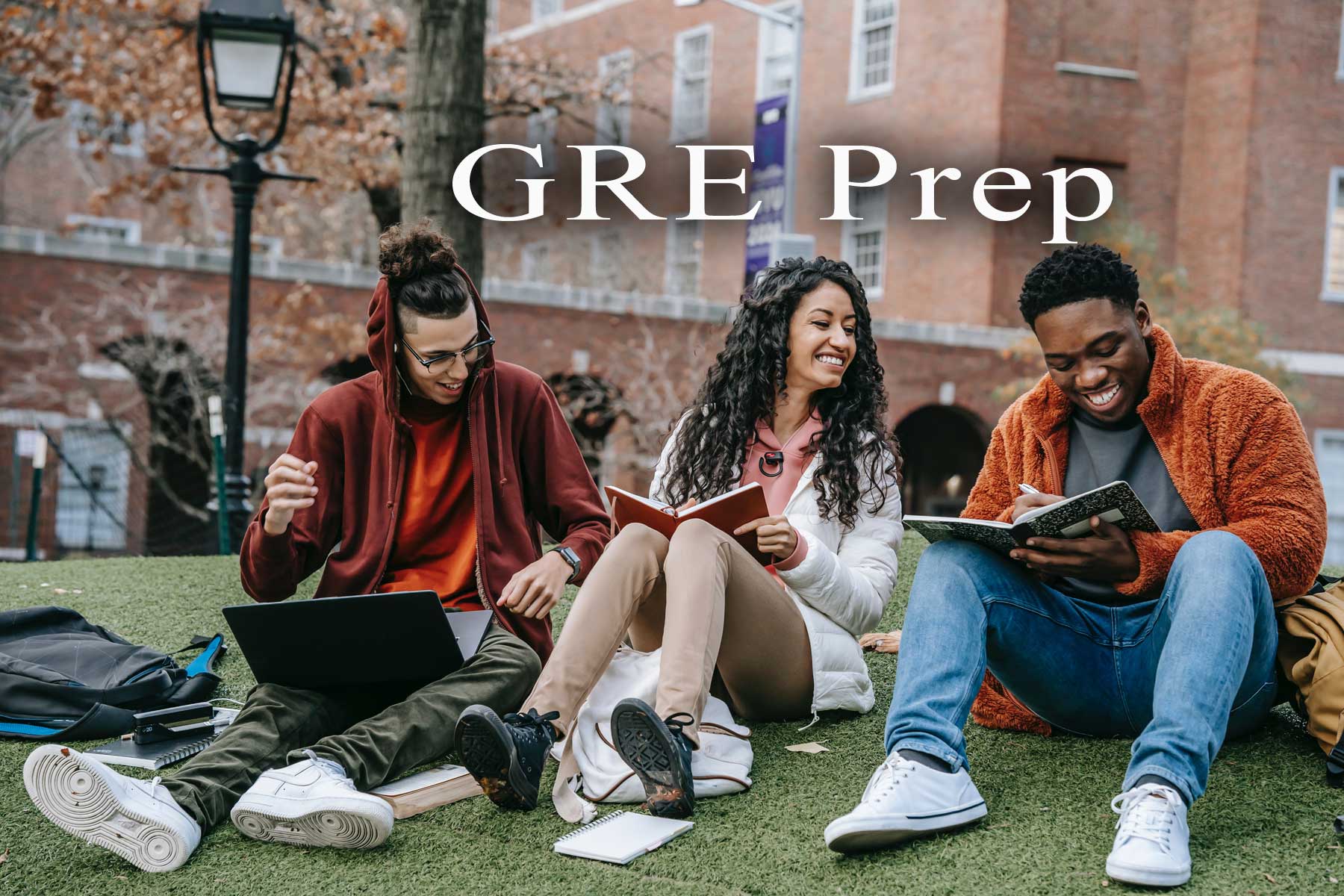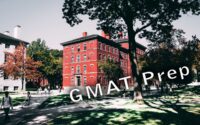GRE Quantitative Reasoning Sample Questions and Answers
The Free download links of GRE Quantitative Reasoning Sample Questions and Answers Papers enclosed below. Candidates who are going to start their preparation for the Graduate Record Examinations Quantitative Reasoning or Mathematics Sample papers can use these links. Download the GRE Quantitative Reasoning Sample Papers PDF along with the Answers. GRE Quantitative Reasoning Sample Papers are updated here.
A vast number of applicants are browsing on the Internet for the Graduate Record Examinations Math or Quantitative Reasoning Sample Question Papers & Syllabus. For those candidates, here we are providing the links for GRE Quantitative Reasoning Sample Papers. Improve your knowledge by referring the GRE Quantitative Reasoning Sample Question papers.

Sample Questions and Answers on Quantitative Reasoning
Directions for questions 1 to 5: Answer the questions independently of each other.
1. What is the probability of getting a sum of 7, when two dice are thrown?
(a) \frac{1}{9}
(b) \frac{1}{6}
(c) \frac{2}{9}
(d) None of these
2. In a triangle XYZ, XY = YZ = 5 cm. If <Y varies from 60 degrees to 180 degrees, then XZ assumes the values:
(a) XZ ≥ 5\sqrt{2}
(b) XZ < 10
(c) 5 ≤ XZ ≤ 10
(d) 5 ≤ XZ < 5\sqrt{2}
3. A certain 2 digit number is equal to five times the sum of its digits. If nine was added to the number, its digits would be reversed. The sum of the digits of the number is:
(a) 6
(b) 7
(c) 8
(d) 9
4. The probability that Jack will get promoted within 365 days is ‘a’ and the probability that Mady will get promoted within 356 days is ‘b’. Find the probability that only one of the two is promoted at the end of 365 days.
(a) a – b – 2ab
(b) a + b – 2ab
(c) a – b + 2ab
(d) ab – a – b
5. In some code, letters a, b, c, d and c represents 2, 4, 6, 8 and 10. The order in which the letters represents these numbers is unknown. These letters exhibit following relationships among themselves.
I. b + c = e
II. c – a = b
III. d – b = b
(a) b = 2, c = 6
(b) c = 4, a = 2
(c) e = 8, c = 2
(d) b = 2, d = 4
Directions for questions 6 to 10: Each of the following questions is followed by two statements.
Mark (a), if the question can be answered by using any of the statements alone but not by using the other statement alone.
Mark (b), if the question can be answered by using either of the statements alone.
Mark (c), if the question can be answered only by using both-the statements together.
Mark (d), if the question cannot be answered.
6. Is y a perfect square, where x and y are natural numbers?
I. y is divisible by (x + 1) and (x + 2).
II. y < 200
7. There are less than 40 red, blue and black marbles in a bag. -What is the probability of picking a black marble?
I. The probability of drawing a blue marble is \frac{1}{3}
II. The probability of drawing a red marble is \frac{1}{24}
8. ABC is a right circular cone. This cone has been cut“ into two parts A (cone) and B (frustum) by a plane parallel to the base. What is the ratio of the volume of A to the volume of B?
I. Radius of ABC = 1.5 times radius of A.
II. The cone has been cut off at the middle of its height.
9. A, B and C together completed a project. What proportion of the work was done by ‘A’?
I. It took 3 people to complete the work.
II. ‘B’ did 18% of the work, which was \frac{2}{3}rd of the work done by ‘C’.
10.What is the “25” term of a given sequence?
I. The first two terms of the sequence are \frac{1}{3} and –\frac{3}{4}
II. The sum of all the terms of the sequence is 21.
| Pratice Papers | Important Questions |
| Advance Questions | Previous Papers |
| Mock Test | Sample Papers |
| Typical Papers | Model Set |
Directions for questions 11 to 13: Answer the questions independently of each other.
11. Which of the following has the minimum volume?
(a) A cube with side 5 cm
(b) A sphere with radius 3 cm
(c) A cuboid with sides 2 cm, 5 cm and 10 cm
(d) A cylinder with radius 2 cm and height 10 cm
12. f(x) = 2x^{2} + 5x + 1, g(x) = (x-1)^{2}. Find f[g(3)].
(a) 91
(b) 53
(c) 15
(d) 16
13. If \sqrt{15625} = \sqrt[3]{yx^{2}} such that x, y Ɛ N and both are greater than or equal to 1, and x > y, then x can be represented in terms of y as:
(a) y^{2}
(b) y^{3}
(c) y^{4}
(d) either (a) or (c)
14. You are given a box with 20 cards in it. 10 of these cards have the letter ‘I’ printed on them. The other ten have the letter T printed on them. If you pick up 3 cards at random and keep them in the same order, the probability of making the word IIT is:
(a) \frac{9}{80}
(b) \frac{1}{8}
(c) \frac{4}{27}
(d) \frac{5}{38}
Directions for questions 15 and 16: Answer the questions on the basis of the information given below.
In a class of 100 students, none of the students took both Science and Maths, while no student took History. 23 students took History or Science or both.
15. What is the total number of] students who took Science?
(a) 42
(b) 23
(c) 22
(d) Data insufficient
16. What is the total number of people who took only Maths?
(a) 48
(b) 77
(c) 23
(d) Data insufficient
Directions for questions 17 to 20: Answer the questions an the basis of the information given below.
A letter lock has 3 rings each containing six distinct letters.
17. What is the maximum number of false trials that can be made before the lock is opened?
(a) 3 x \mathrm{C}_{6}^{26} - 1
(b) (\mathrm{C}_{6}^{26})^{3} x – 1
(c) \mathrm{C}_{6}^{26} x 3! – 1
(d) 215
18. What is the probability that the code is P.Q.R?
(a) \frac{1}{78}
(b) \frac{2}{(\mathrm{C}_{6}^{26})^{3}}
(c) ^{(\frac{1}{26})3}
(d) ^{(\frac{1}{\mathrm{C}_{6}^{25}})3} x ^{(\frac{1}{6})3}
19. The three rings are made such that no two rings have a common letter on them. How many
passwords can exist? ‘
(a) 15600
(b) \mathrm{C}_{6}^{26} x \mathrm{C}_{6}^{20} x \mathrm{C}_{6}^{14} x 6^{3}
(c) (\mathrm{C}_{6}^{26})^{3} x 6^{3}
(d) 17576
20. What is the probability that all the 3 letters are the same in the 3 letter passwords?
(a) \frac{6}{26^{3}}
(b) 26^{-2}
(c) \frac{1}{36}
(d) None of these


